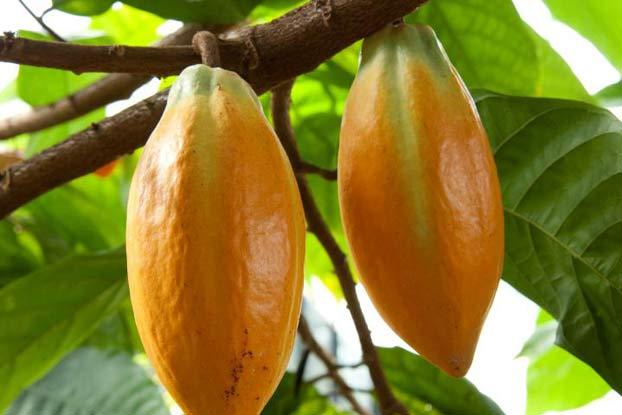Calamintha-Calamintha officinalis











Calamintha-Calamintha officinalis
Family: Lamiaceae (Labiatae)
Synonms:
C.clinopodium, Melissa calaminta, calamint, common calamint, mill mountain, mountain balm, mountain mint, basil thyme,nepeta (oil), French Marjoram (oil) wild basil (oil, catnip (oil)
General Description
An erect, bushy, perennial plant not more than one metre high, with square stems, soft oval serrated leaves, greyiosh-green beneath, and rather inconspiously pale purple flowers. The whole lant has a strong aromatic scent which is attractive to cats.
Distribution
Native to Europe and parts of Asia (Himalayas), naturalized throughout North America and South Africa. Cultivated for its oil in the Mediterranean region, Yogoslavia, Poland and in the USA.
Other Species
There are numerous similar species found throughout the world, such as the lesser calamintha (C.nepeta) which has a stronger odour and is often used interchangeably with common calamint.
It is also closely related to catmint or catnip (Nepeta cataria) also known as calamint, with which it shares similar properties.
Not to be confused with winter and summer savory (Satureja montana and S.hortensis).
Herbal/Folk Tradition
It has a long history of use as a herbal remedy mainly for nervous and digestive complaints, also menstrual pain, colds, chills and cramps. Catmint is current in the British Herbal Pharmacopia as a specific for flstulent colic in children and for the common cold.
Actions
Anaesthetic (local), antirheumatic, antispasmodic, astringent, carminative, diaphoretic, emmenagogue, febrifuge, nervine, sedative, tonic.
Extraction
Essential oil by steam distillation from the flowering tops.
Characteristics
A pale yellow liquid with a herbaceous woody, pungent odour, somewhat resembling pennyroyal.
Principal Constituents
Citral, nerol, citronellol, limonene, and geraniol, among others. The active ingredient that attracts cats is metatabilacetone (3-5 percent). Constituents vary accordig to source.
Safety Data
Non-irritant, non-sensitizing; possible toxic effects in concentration. (The Chinese shrub Actinidia polygama also contains metatabilacetone, which is responsible for its hallucinogenic and narcotic effects.) Use in moderation. Avoid during Pregnancy.
Aromatherapy/Home Use
Circulation Muscles and Joints
Chills, cold in the joints, muscular aches and pains, rehumatism.
Digestive System
Colic, Flatulence, nervous dyspepsia.
Nervous System
Insomnia, nervous tension and stress-related conditions.
Other Uses:
Used as a wild cat lure in the USA.
Occasionally used in perfumery work.
Reference: The Encyclopedia of Essential Oils: Julia Lawless
Articles Latest
- Chamomile Roman - Chamaemelum nobile
- Chamomile Maroc - Ormenis multicaulis
- Chamomile German - Matricaria recutica
- From Biology To Aromatherapy
- Plant Messengers
- Celery Seed-Apium graveolens
- Cedarwood Virginian - Juniperus virginiana
- Cedarwood, Texas- Juniperus ashei - Essential oils
- Cedarwood Atlas- Cedrus atlantica - Essential Oils
- Cassie - Acacia Farnesiana - sweet acacia
- Cassia - Cinnamomum Cassia
- Cascarilla Bark - Croton eluteria
- Carrot Seed- Dacus Carota
- CARDAMON
- CARAWAY
- CANANGA
- CAMPHOR
- CALAMUS
- Calamintha-Calamintha officinalis
- CAJEPUT- Melaleuca cajeputi
- Plant Expression
Articles-Most Read
- Home
- Balsam Canadian - Abies balsamea
- Balsam Peru
- Copaiba Essential Oil
- North America: Tea Tree and Monarda-3
- Basil French - Ocimum basilicum
- Basil Exotic
- North America: Tea Tree and Monarda-2
- Exploring Transcultural Constants
- Thyme Essential Oil
- Balsam Tolu
- Palma Rosa
- Bay - West Indian - Pimenta racemosa
- The Bioactivity of Essential Oils
- Benzoin - Styrax benzoin
- Why Pharmacology Cannot Demonstrate Essential Oil Efficacy
- Exploring Essential Oil Activity The Conventional Way
- Complex information From Plants
- Aromatherapy: An Answer
- Contacts
